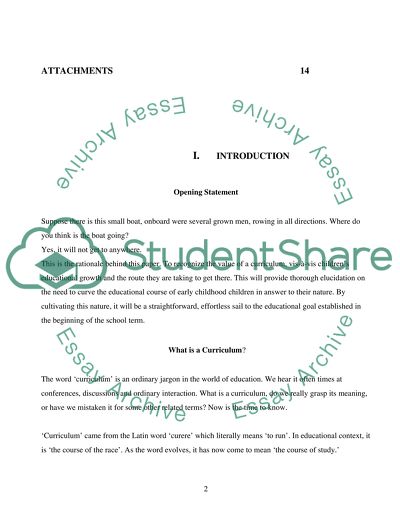Cite this document
(The Biggest Responsibility for the Molding of the Childs Education Essay, n.d.)
The Biggest Responsibility for the Molding of the Childs Education Essay. Retrieved from https://studentshare.org/education/1514514-play-and-pedagogy-early-childhood-education
The Biggest Responsibility for the Molding of the Childs Education Essay. Retrieved from https://studentshare.org/education/1514514-play-and-pedagogy-early-childhood-education
(The Biggest Responsibility for the Molding of the Childs Education Essay)
The Biggest Responsibility for the Molding of the Childs Education Essay. https://studentshare.org/education/1514514-play-and-pedagogy-early-childhood-education.
The Biggest Responsibility for the Molding of the Childs Education Essay. https://studentshare.org/education/1514514-play-and-pedagogy-early-childhood-education.
“The Biggest Responsibility for the Molding of the Childs Education Essay”, n.d. https://studentshare.org/education/1514514-play-and-pedagogy-early-childhood-education.


